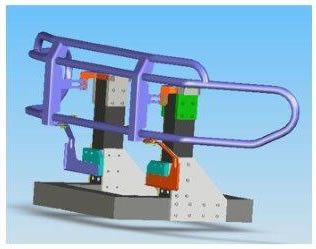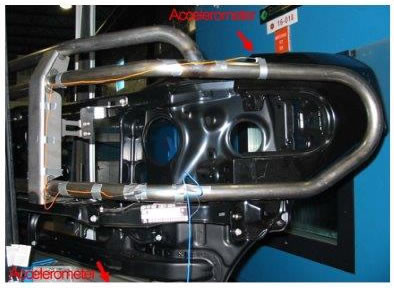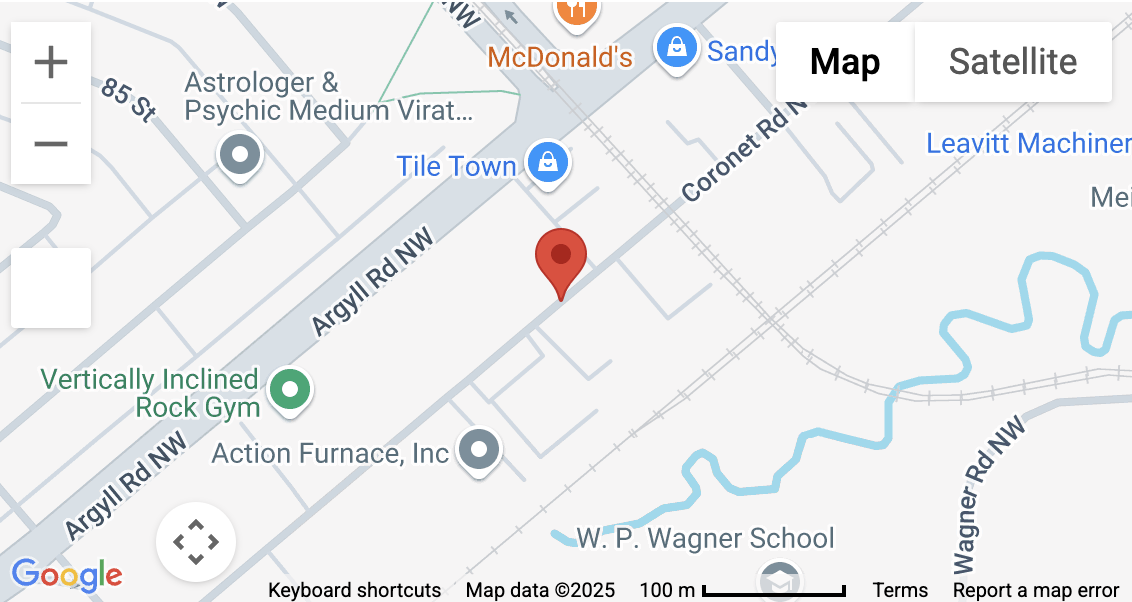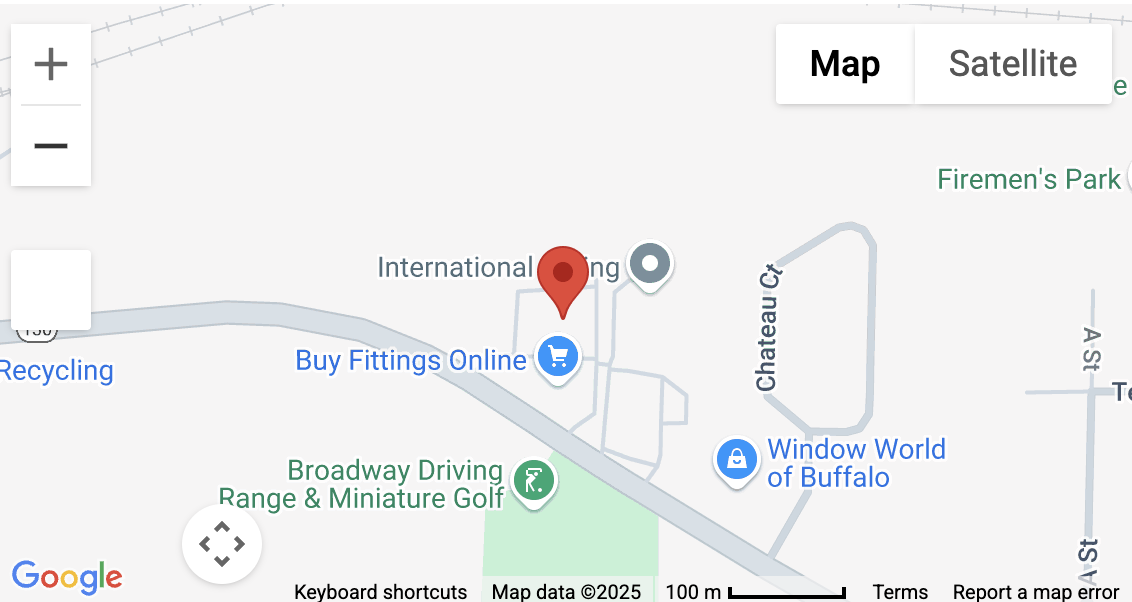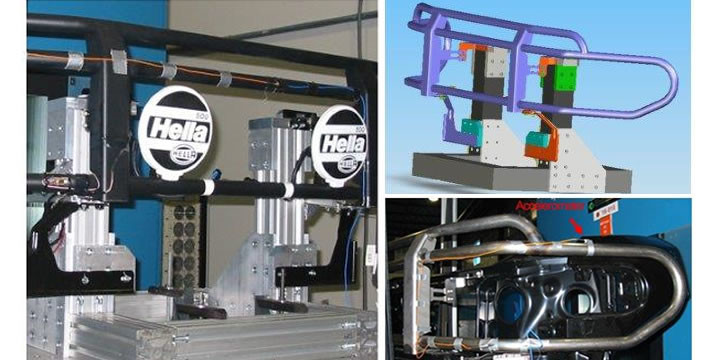
Ensuring That You Get Valid Data from Your Vibration Test
If your product is designed to be mobile, chances are that you’re going to need to perform a vibration test at some point during the product design/validation cycle. Understanding what the vibration testing laboratory will be doing for you is critical to ensuring that the test data which you will receive is valid and not affected your lack of experience in the test method.
What Vibration Test Method Will You Use?
Most vibration testing inquiries start off with a test method or specification. In addition to international/national standards published by ISO or ASTM, each industry can have their own standards as well as individual OEM’s. There’s a reason for this proliferation of vibration testing methods. A nearly infinite variety of products and equally diverse environmental conditions requires a tailored approach to appropriately match the test method to the product and its use environment.
The vibration testing lab should be knowledgeable with using the method that your product is going to be tested with. At a minimum, the vibration test method should be included in their ISO 17025 scope of accreditation. This ensures that the vibration test lab personnel have the expertise to perform your vibration test correctly and that the result you obtain from the test can be duplicated by any other lab accredited to the same method.
How Do I Mount My Part to the Vibration Table?
You can’t vibrate your product without first attaching it to a vibration table. The job of the vibration fixture is to transfer the energy described by your test method, into your product, within the tolerances defined by the test method. This is really a simple concept, but is too frequently overlooked until the product fails under test or a field failure occurs after the product passed its validation vibration tests.
If you don’t know how to design and build vibration fixturing which will do the necessary job, ask the laboratory personnel if they can either do it for you or recommend a firm with this specialized capabilities. Regardless of how your product is to be mounted, always ask the lab to document whether the fixture has done its job ie. “ transfer the energy described by your test method, into your product, within the tolerances defined by the test method”.
What should I Monitor During the Vibration Test?
Vibration test monitoring requirements are often defined in the test method. A minimal requirement will include sample table-level PSD profiles for each of the test conditions. This single accelerometer approach is common for small lightweight products.
As products get larger and more complex, you may want to understand how the product is reacting to the vibration test. In this case the vibration testing lab will need to mount accelerometers at the locations of interest. These locations may be defined in the method or by the design engineer.
Just as the vibration fixture can affect the quality of your test data, so can the selection and mounting details of these monitoring accelerometers. If there is any doubt, ask the lab what the effects of their accelerometer selection will have on your test data.
Choosing the Right Vibration Testing Lab
Is your vibration testing lab accredited to ISO 17025?
Do they have the specific vibration test in their scope of accreditation?
Will their formal test report include the accreditation agency’s certification mark?
Will they perform all of the testing in-house or will some being outsourced to another lab?
These are all questions you should ask, to ensure that your vibration test will produce the appropriate test data.
Got questions? Feel free to contact us today!

